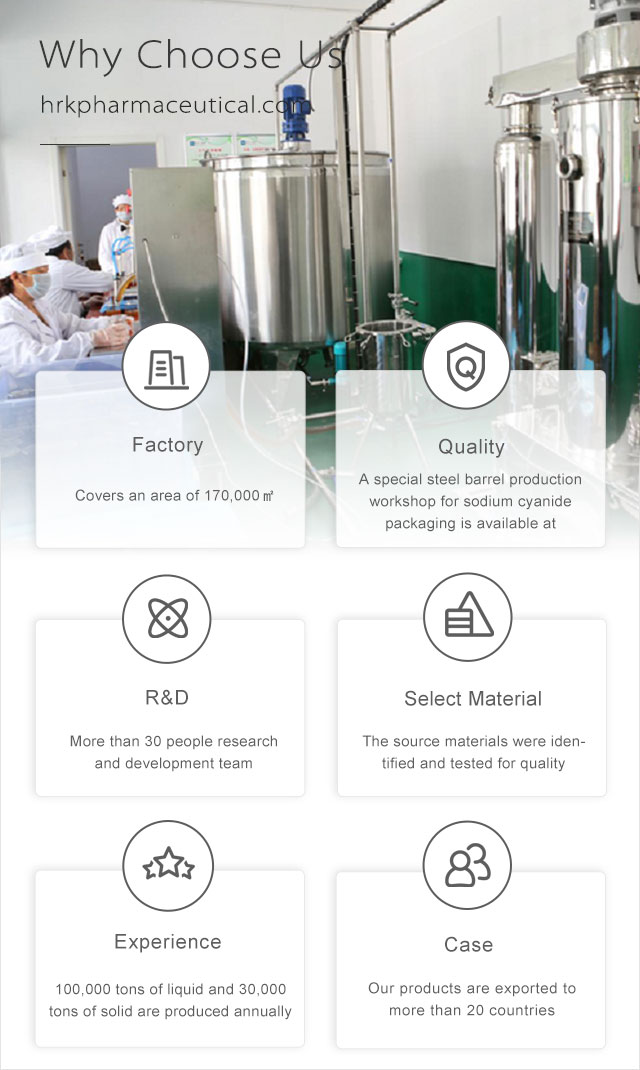





Related Attributes
Product details
Artemisinin is a sesquiterpene lactone drug with a peroxy group extracted from the stem and leaves of the plant Artemisia annua. Its effect on the ultrastructure of Plasmodium berghei red end-stage is mainly the alteration of the structure of the Plasmodium membrane system, and the drug firstly acts on the food vesicle membrane, the surface membrane, the mitochondria, and the endoplasmic reticulum, in addition to a certain effect on the chromatin in the nucleus.
It is suggested that the mode of action of artemisinin mainly interferes with the function of the surface membrane-mitochondria.
It is possible that artemisinin acts on the food vesicle membrane, thus blocking the earliest stage of nutrient uptake, causing Plasmodium to experience amino acid starvation relatively quickly, forming autophagic vesicles rapidly and continuously discharging them out of the worm's body, so that Plasmodium loses a large amount of cytoplasm and dies.
The uptake of tritium-labelled isoleucine by cultured P. falciparum in vitro also suggests that its mode of initiation may be inhibition of protoplasmic protein synthesis.

Uses and functions of Artemisinin Extract.
It is mainly used for symptom control of Plasmodium vivax and Plasmodium falciparum, as well as for the treatment of chloroquine-resistant strains of the parasite, and for the treatment of aggressive forms of falciparum malaria, such as cerebral and jaundice forms. It can also be used to treat systemic lupus erythematosus and discoid lupus erythematosus.
Pharmacological effects of Artemisinin Extract.
Artemisinin is a sesquiterpene lactone drug with a peroxy group extracted from the stem and leaves of the plant Artemisia annua.
Its effect on the ultrastructure of Plasmodium berghei red end-stage is mainly the alteration of the structure of the Plasmodium membrane system, and the drug firstly acts on the food vesicle membrane, the surface membrane, the mitochondria, and the endoplasmic reticulum, in addition to a certain effect on the chromatin in the nucleus. It is suggested that the mode of action of artemisinin mainly interferes with the function of the surface membrane-mitochondria.
It is possible that artemisinin acts on the food vesicle membrane, thus blocking the nutrient The earliest stage of uptake causes Plasmodium to experience amino acid starvation relatively quickly, forming autophagic vesicles rapidly and continuously discharging them out of the worm's body, so that Plasmodium loses a large amount of cytoplasm and dies.
The uptake of tritium-labelled isoleucine by Plasmodium falciparum cultured in vitro also suggests that the mode of initiation of action may be inhibition of protoplasmic protein synthesis.

Synthesis of Bulk Artemisinin Extract Powder.
The biosynthesis of artemisinin and other sesquiterpenes takes place in the cytoplasm, and the pathway belongs to the plant isoprenoid metabolic pathway, which can be divided into three major steps: the formation of FPP from acetic acid, the synthesis of sesquiterpenes, and then the formation of artemisinin by lactonisation.
FPP → 4,11-diene sesquiterpenes → artemisinic acid → dihydroartemisinic acid → dioxoartemisinic acid peroxide → artemisinin. Artemisinin synthesis in culture systems such as Artemisia shoots, Artemisia capillaris and Agrobacterium artemisiae has a high potential for industrial application.
Why choose us?

HRK Factory

About Shipping

Pharmaceutical Intermediate manufacturers
©2022 Xi'an Henrikang Biotech Co., Ltd.,